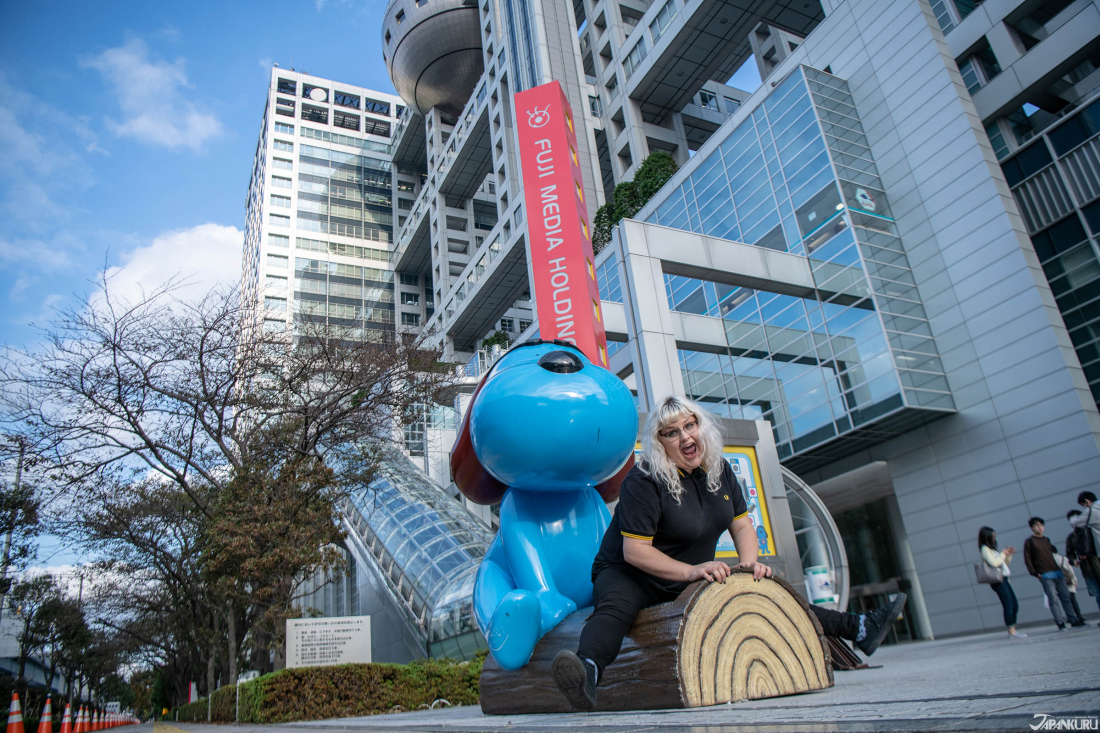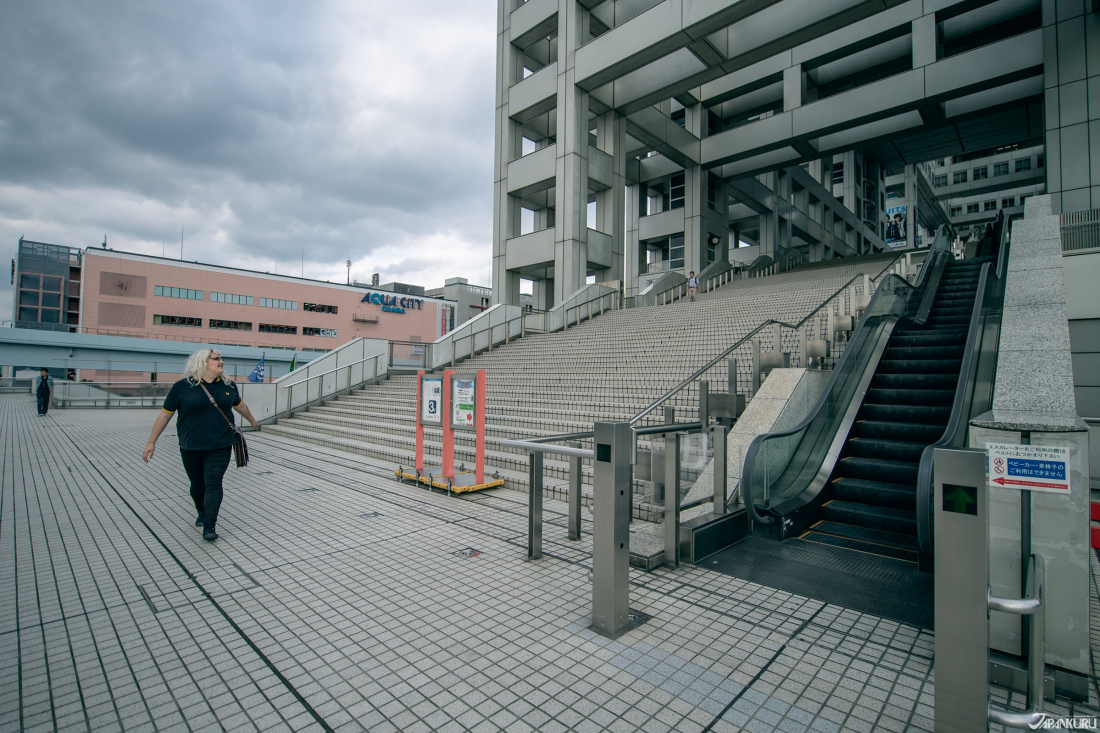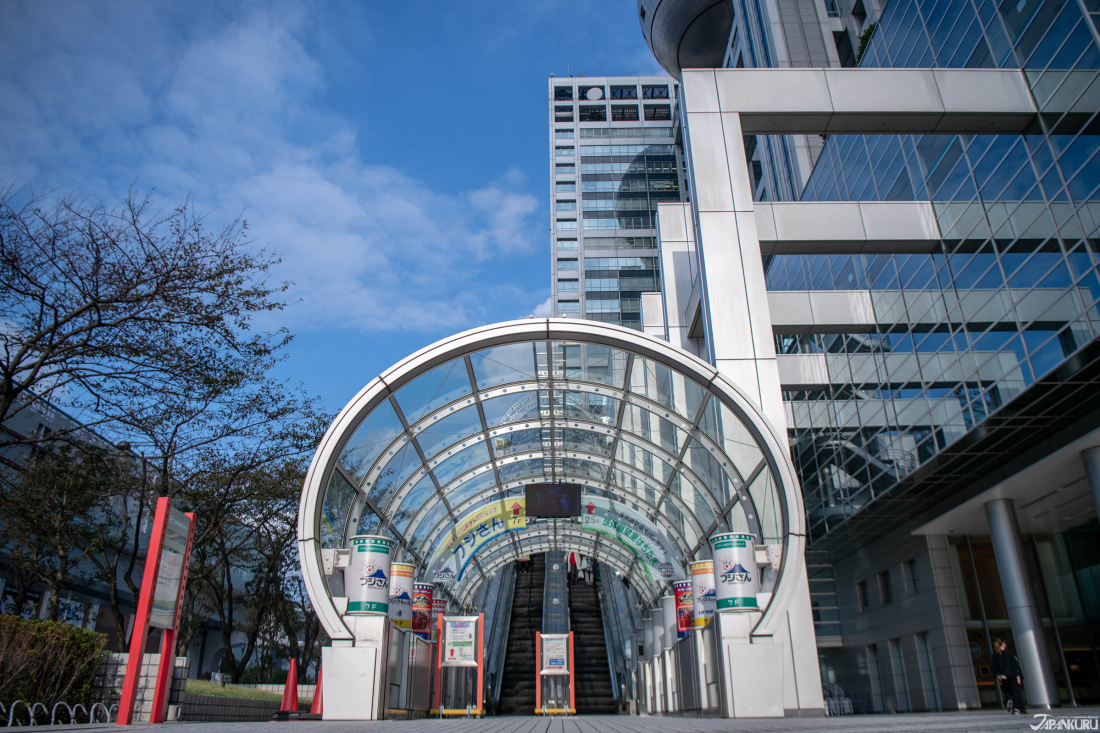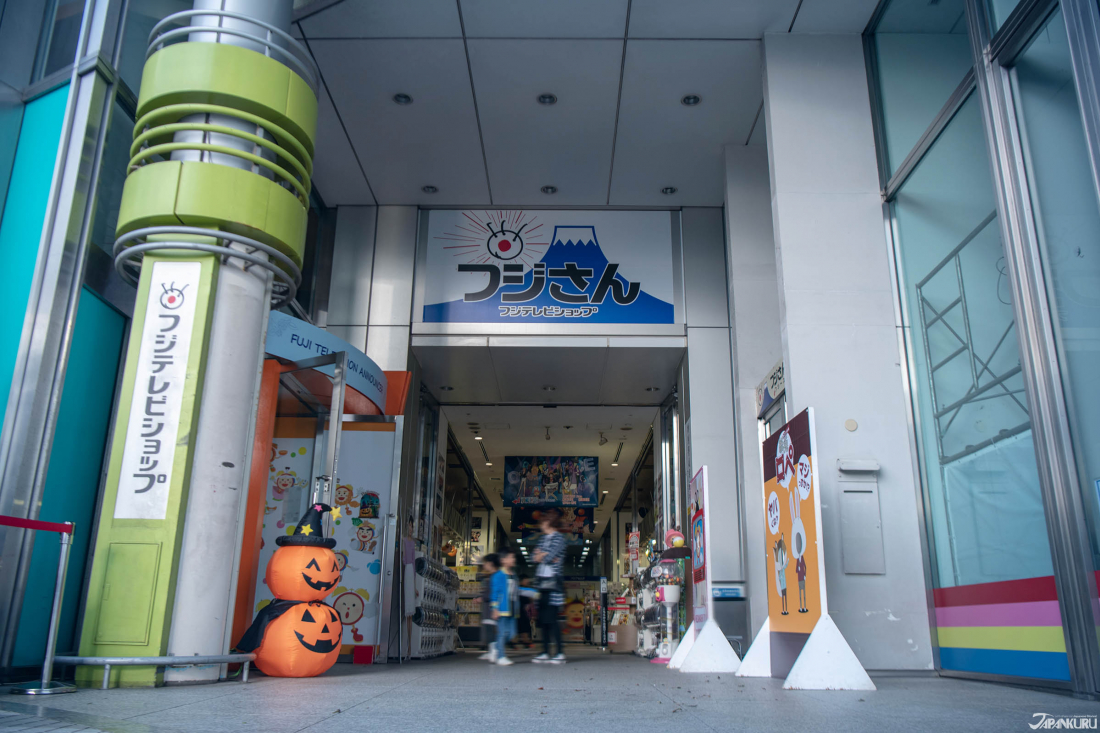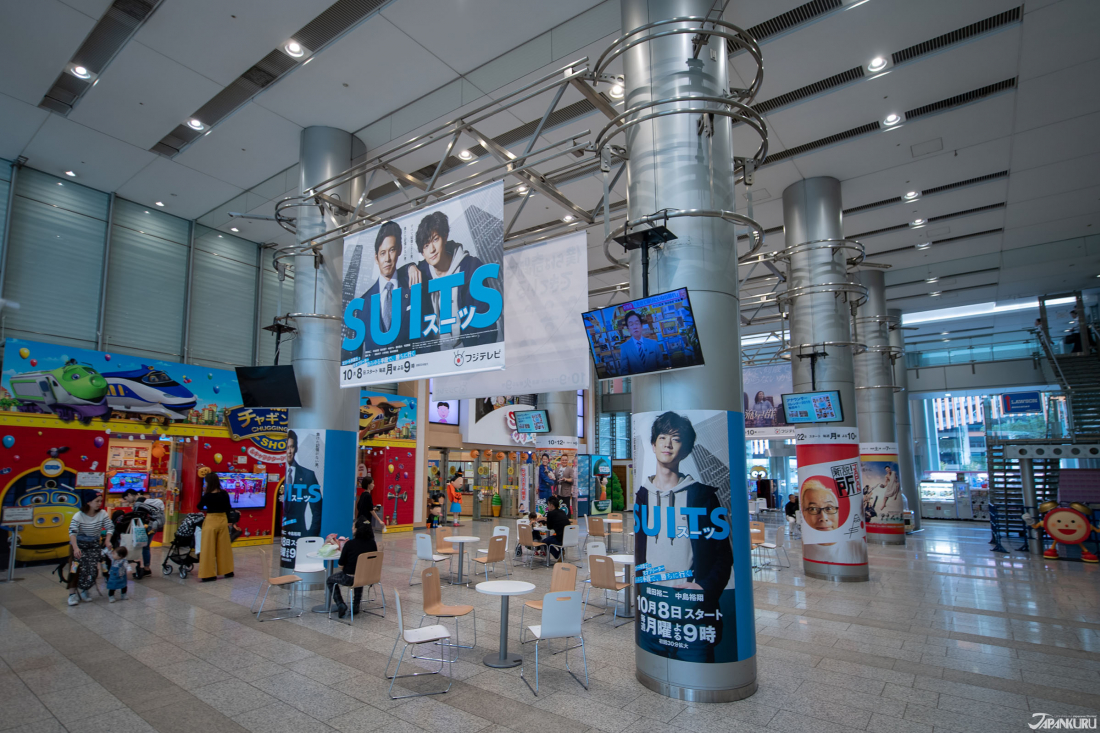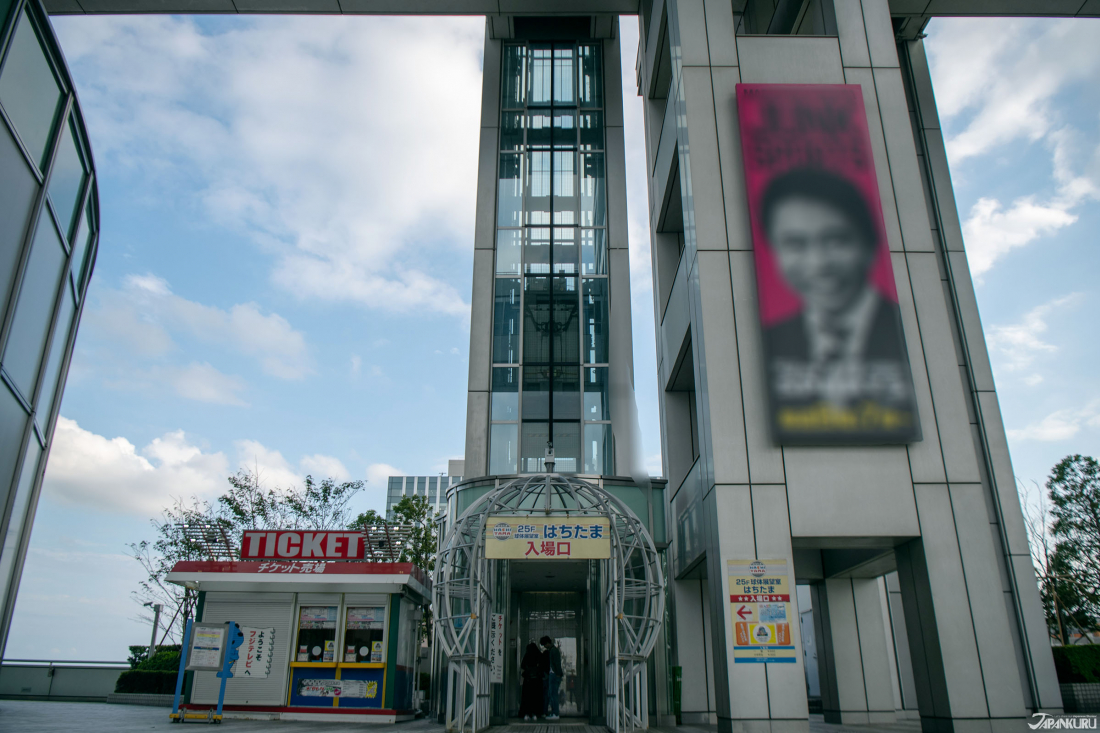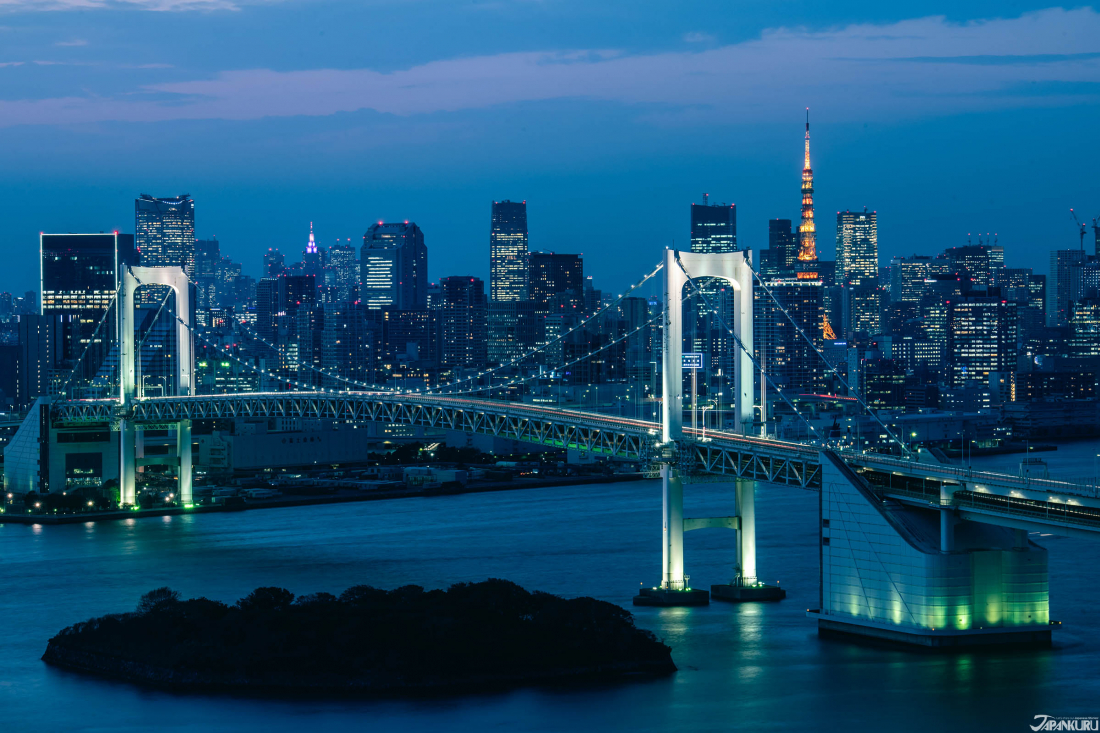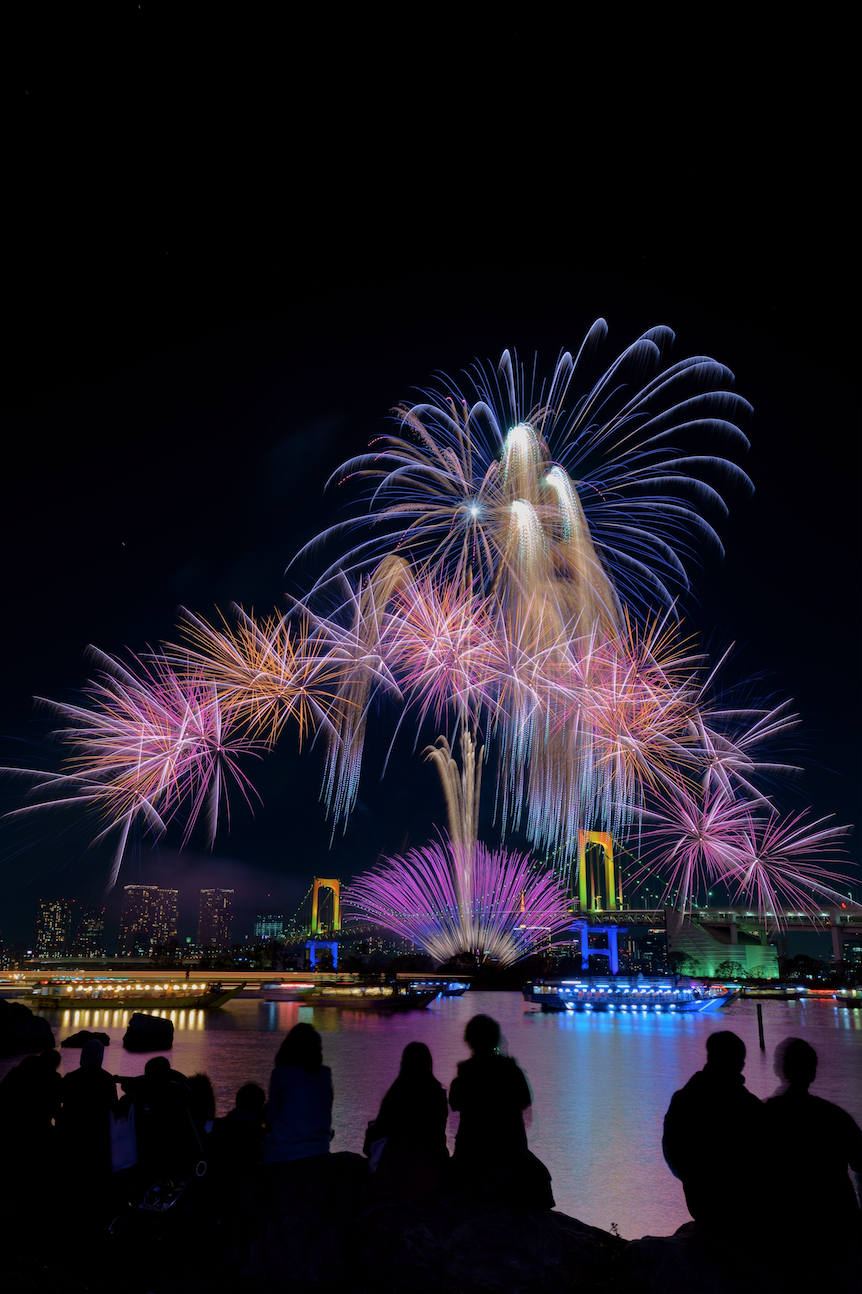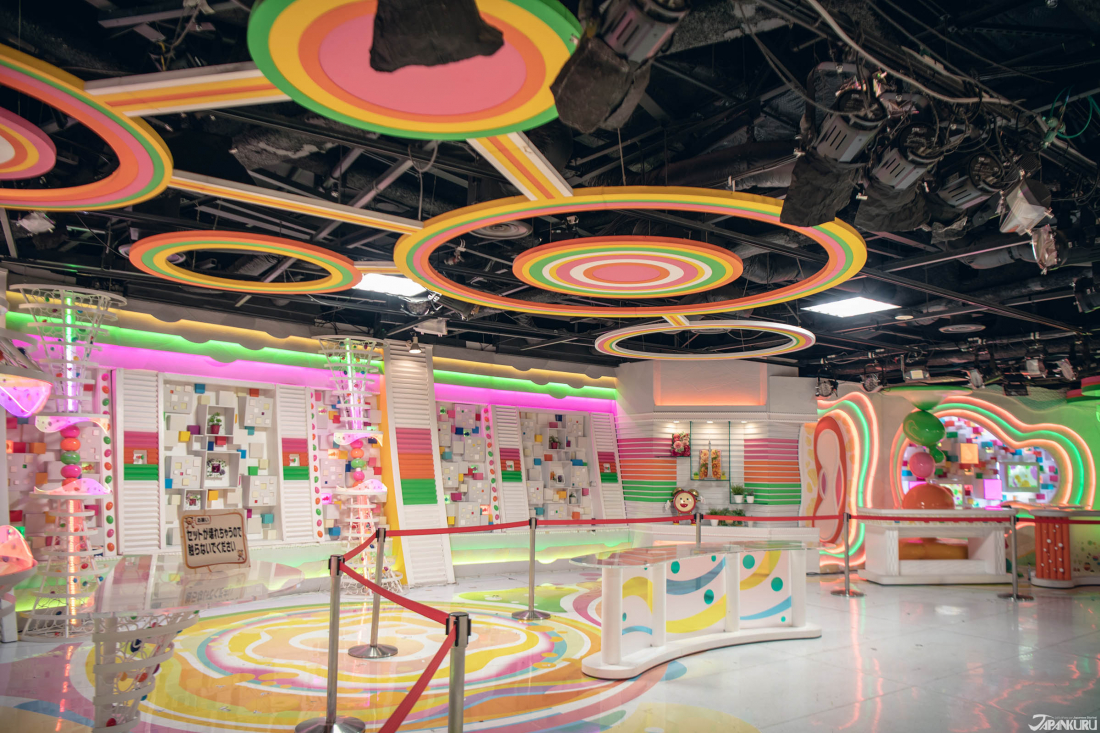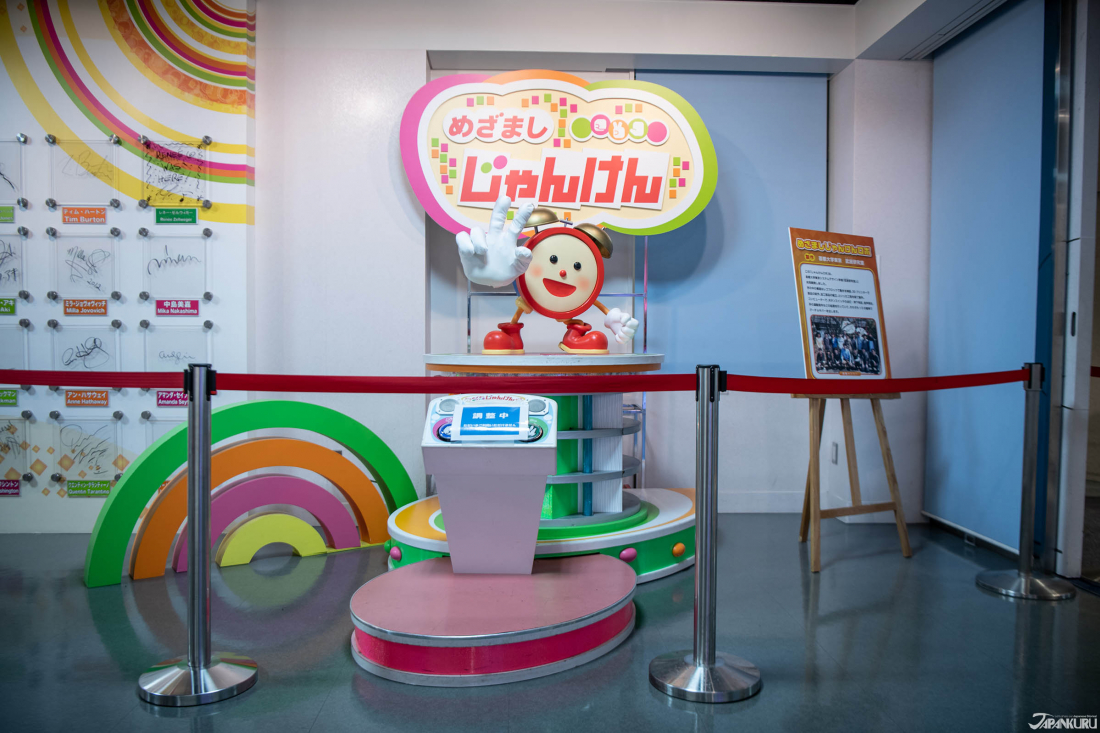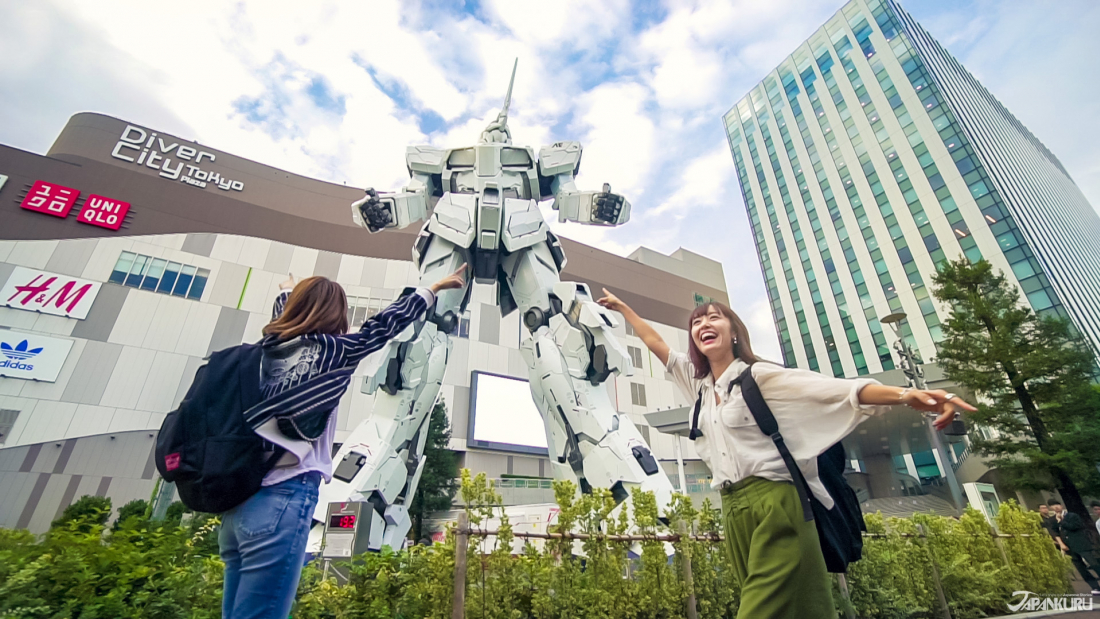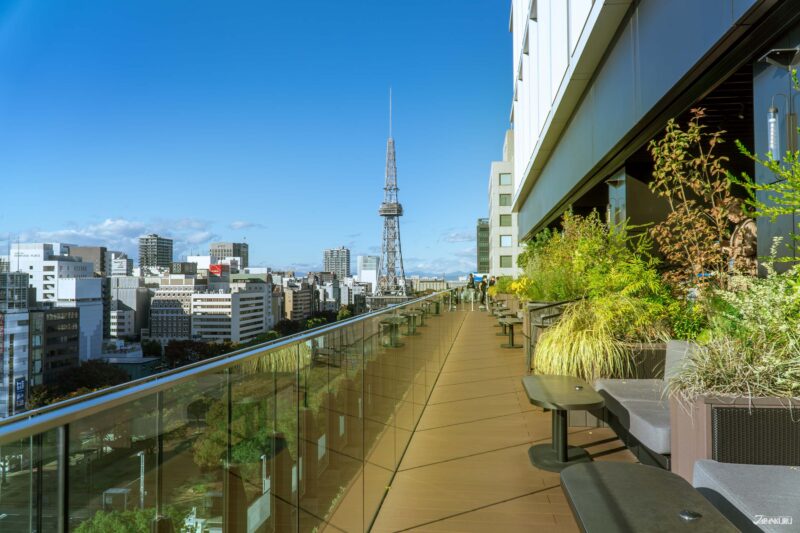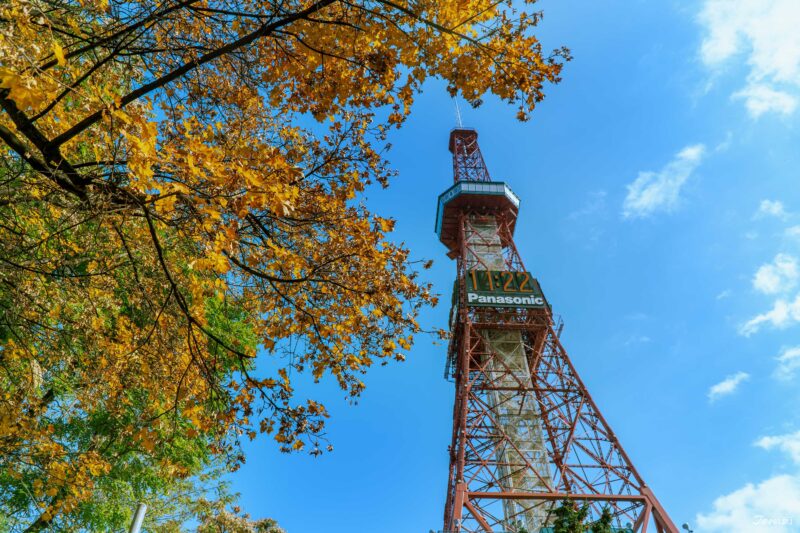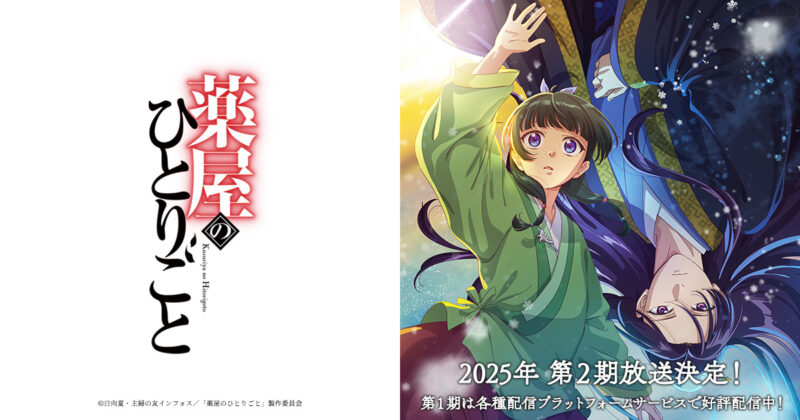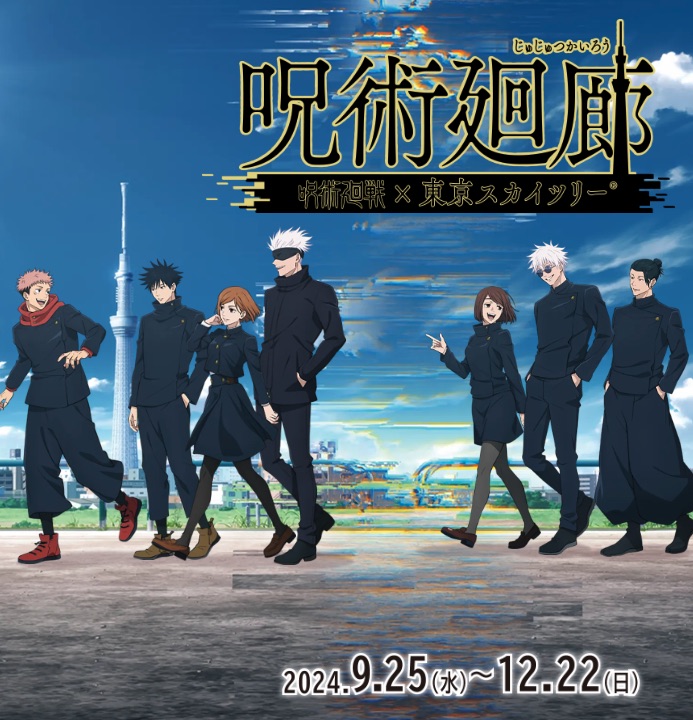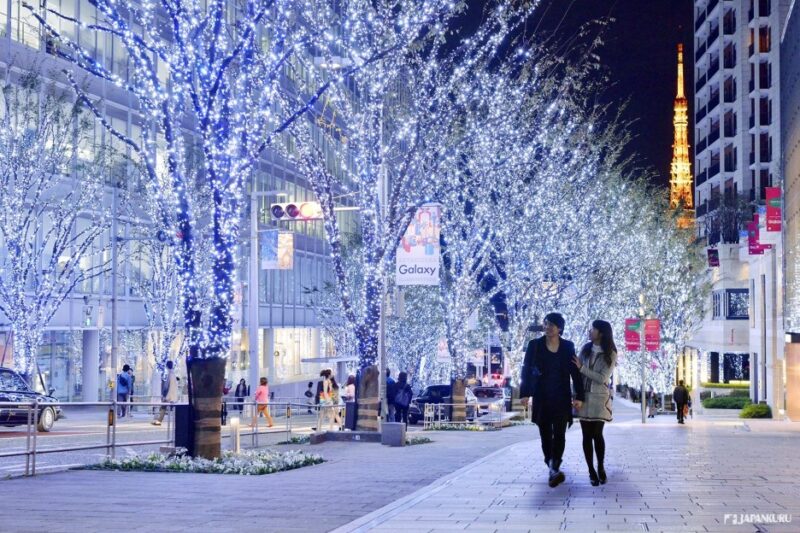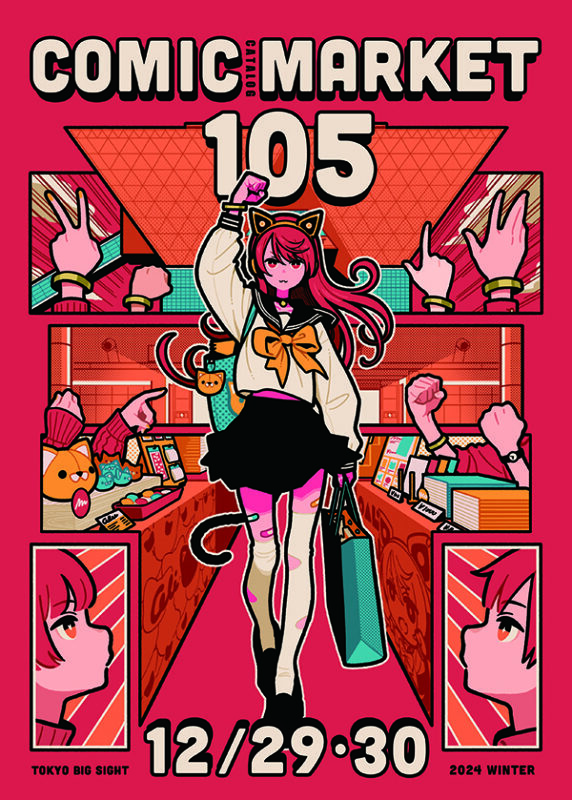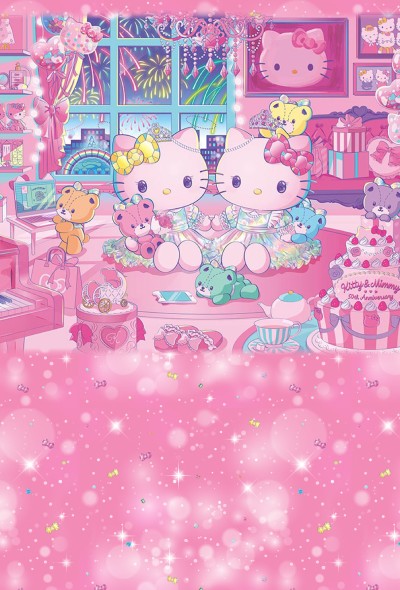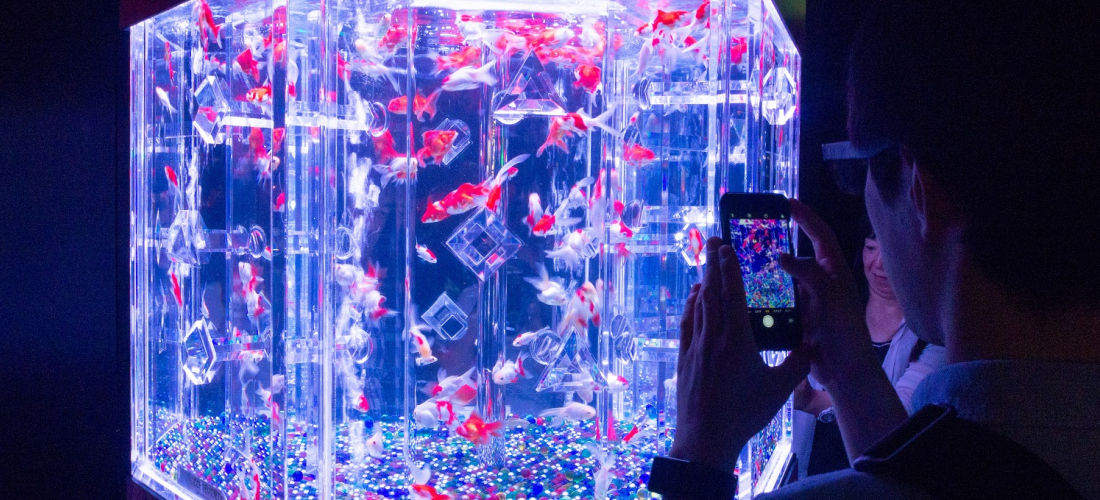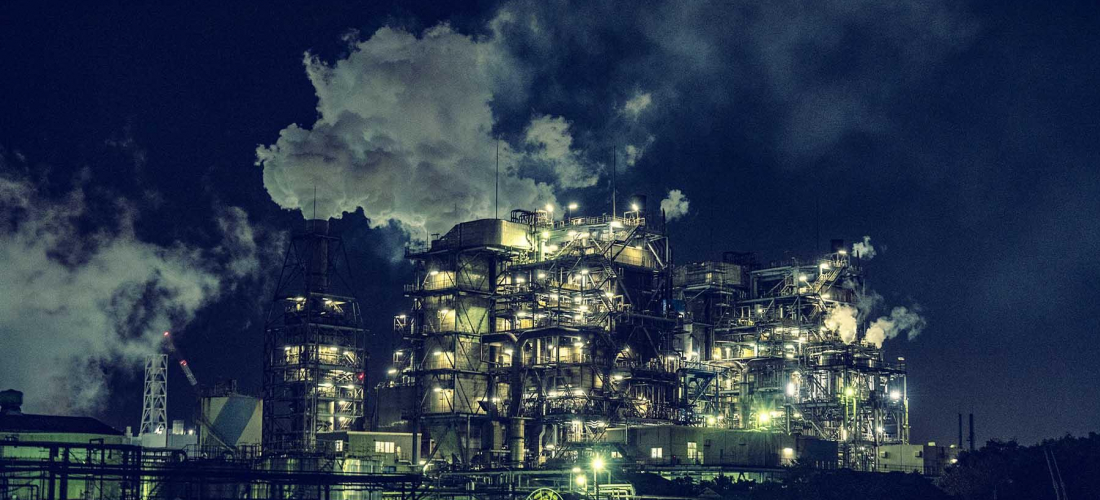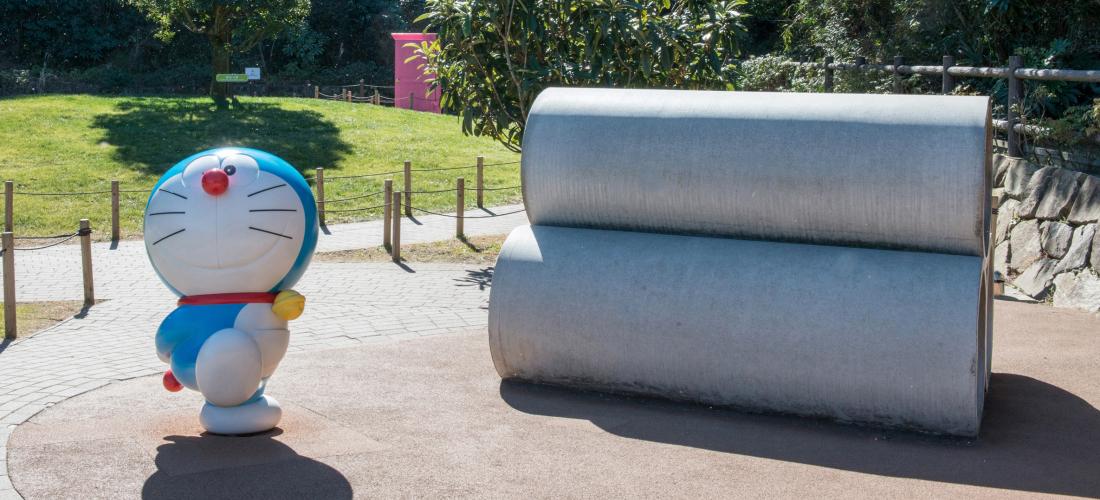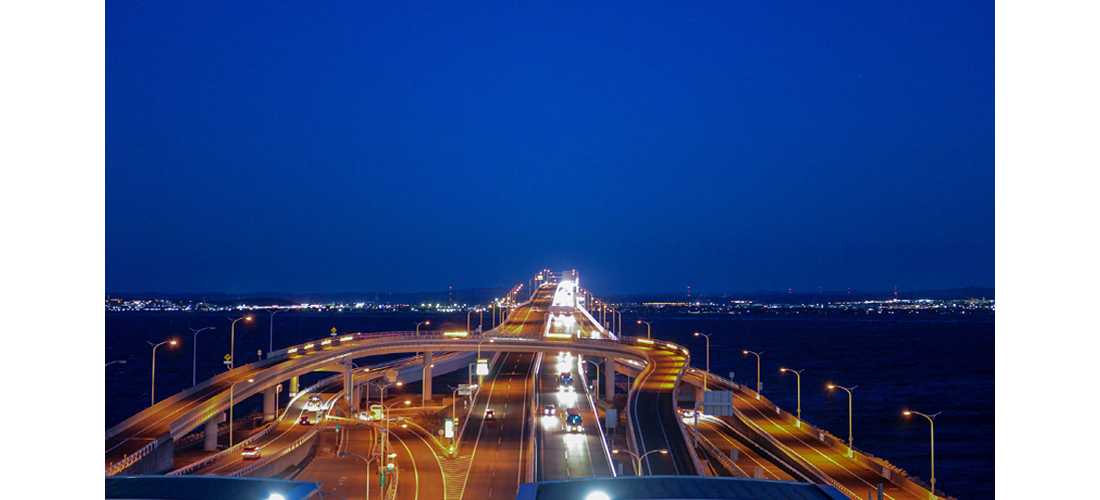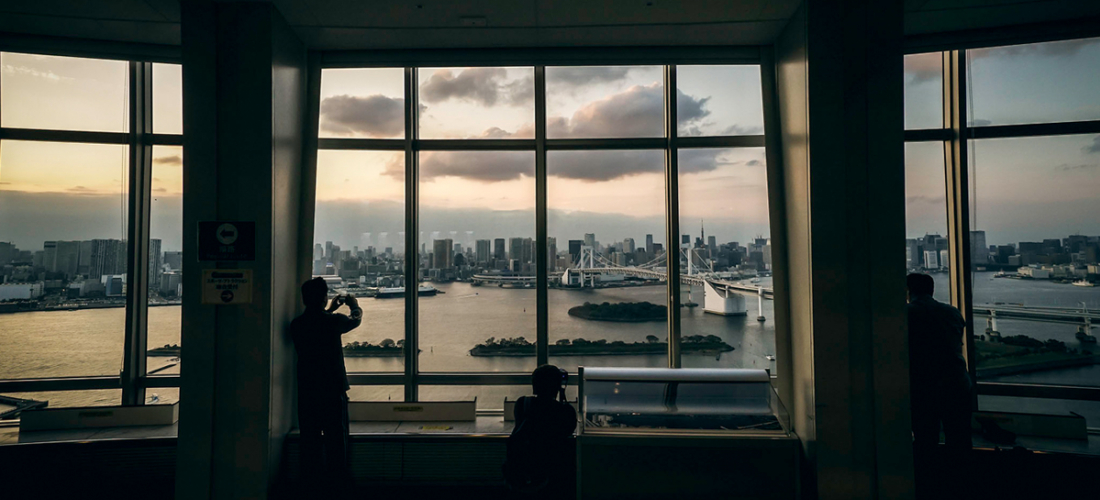
Did you know you can go inside?
Odaiba (お台場) is a popular area in Tokyo that is primarily known for sightseeing spots such as the Odaiba Oedo Onsen Monogatari, AQUA CiTY ODAIBA, Gundam statue (which recently changed to the Unicorn Gundam in 2017), and The National Museum of Emerging Science and Innovation (Miraikan). Aside from the Statue of Liberty, that many people intimidate, and Gundam statue, that goes into destroy mode many times a day, there is another famous symbol of Odaiba, and that is the big ball of the Fuji TV Building. Not many people know this…but you can actually go inside this giant ball! So this time JAPANKURU went to Fuji TV for the first time to see what we could learn about one of Japan's major TV stations.
●FUJI TV (フジテレビ)
Google Maps
◉Fuji TV Observation Deck
⏰10am〜6pm
12/12/2018〜1/6/2019: 10am〜8pm (last entry until 7:30)
💰Adults (high school+) 550yen, Children 300yen
◉Fuji TV Shop "Mt. Fuji (Fuji-san)"
⏰10am~6pm
Official website (ENG)
Observation Deck info page (JPN)
The closest station from the Fuji TV Building is Daiba Station on the Yurikamome Line, but you can also get there from the Rinkai Line's Tokyo Teleport Station. Once you get to the building, there are 2 different entrances in. If you are already on the overhead passenger walk, then you can take the escalator that goes in between the building. Or if you are coming from down below on the ground, there is an entrance there to the far left of the building as well.
◉Fuji TV Shop "Mt. Fuji (Fuji-san)"
⏰10am~6pm
Here at the Fuji TV Mall you can see a lot of props and scripts here. Along with there is a Chuggington and Sazae-san shop that is filled with goods from these two popular shows primarily with children on Fuji TV. And a convenient store Lawson inside which is a life saver. More than anything the mall is a great place to relax a bit. It is hard finding a place to just chill for a while without being forced to buy something in Odaiba. That's what makes this spot a great place.
◉Fuji TV Observation Deck
⏰10am〜6pm
12/22/2018〜1/6/2019: 10am〜8pm (last entry until 7:30)
💴Adults (high school+) 550yen, Children 300yen
On the main floor is the main observatory, that has huge windows offering great, scenic views in all directions. The view of Odaiba is easily the main attraction, but there are also things to do while on the main floor. They have special events often so it is not always the same, but currently, with the theme of a "sports park" there are a lot of interactive activities like VR, bouldering, ping pong, and basketball. We were told the next special event to be held will involve Dragon Ball Z!
Like we said, visiting the Fuji TV Observation Deck gives you a prime view of the prettiest part of the city, with Rainbow Bridge, yakatabune (a unique Japanese-style wooden tour boat that shines at night), and other things in the background. The real transformation of the city changes once it gets dark. Once it gradually got darker more and more people came and began setting up their camera stands. We did not know until recently that you could even have access to Fuji TV, but apparently many people come every day just to take cityscape pictures/videos/time-lapse photos of Tokyo Bay and stay until close time. Which is why we are so thankful the Fuji TV Observation Deck extended their business hours until 8pm. It really opened our eyes, giving us a whole new angle and view of Odaiba and Tokyo. So if you are a photography fan or just like visiting observation decks, this can be your little secret spot.
Photo credit: 花火写真家 金武武
In perfect timing, Odaiba will be having one their most famous firework displays, the "Odaiba Rainbow Hanabi (fireworks)". The "Odaiba Rainbow Fireworks" is held every winter when the skies are clear so that you can see the fireworks at their best. Not only will there be fireworks, but the Odaiba area will also be lit up with colorful lights so you can really enjoy the bay area. On Saturday, 22nd, there will also be music accompanying the fireworks🎆♪♬ You can enjoy the fireworks from many spots in Odaiba, but for the perfect view and photo spot, viewing it from Fuji TV would be your best bet.
🎆Odaiba Rainbow Fireworks 2018
📅 December 1, 8, 15, 22, 29 (every Saturday)
⏰Starts at 7pm
Inside the ball there are several floors that you can check out. Aside from just seeing the beautiful view from inside the observation deck, you can explore the actual set used for the network's most popular TV show Mezamashi TV (めざましテレビ), which is a morning news and talk show. The brightly-colored set give you a glimpse of Japan's TV culture. We for one LOVE how bright and almost chaotic the sets are for most talk shows in here in Tokyo. Everything on the set from the tables to the light fixtures are original. There is also an autograph wall across from the set showing Japanese and international celebrities who have visited the set.
Part of the fun of visiting Fuji TV's observation deck is the chance to check out the building itself. Normally you would think a TV station would not be open to the public, which is what makes the Fuji TV Building so great. The building itself is probably the most distinctive-looking building in Odaiba, so being granted access is like a dream come true.
●FUJI TV (フジテレビ)
Google Maps
⏰10am〜6pm
12/12/2018〜1/6/2019: 10am〜8pm (last entry until 7:30)
💰Adults (high school+) 550yen, Children 300yen
Official website (ENG)
Observation Deck info page (JPN)
Be sure to look at JAPANKURU🐶 for more exciting articles every day!!
Or add us on Instagram and Facebook to share your Japanese pictures💖🗾
Details
NAME:FUJI TV (フジテレビ)
MAP
2-4-8 Daiba, Minato-ku, Tokyo
東京都港区台場2丁目4−8
COMMENT
FEATURED MEDIA
VIEW MORE
A Tokyo Winter Must-See: Tokyo Mega Illumination Event Period: November 2, 2024 ~ January 12, 2025 *Closed Nov 4~8, Dec 1~6, Dec 25~ Jan 1. End date may be subject to change. Hours: 16:30 – 21:00 (final admission 20:00) *Opening hours may vary depending on scheduled events or congestion, please check the official website for details. Directions: 2 min. walk from Tokyo Monorail Oikeibajo-Mae Station, 12 min. walk from Keikyu Tachiaigawa Station #japankuru #tokyowinter #tokyomegaillumination #megaillumination2024 #tokyocitykeiba #도쿄메가일루미네이션 #tokyotrip #oiracecourseillumination

Tokyo Shopping Spot Recommendation: New Balance Kichijoji #newbalance #newbalancekichijoji #newbalancejapan #japanesesneakerheads #shoppinginjapan #japantrip #도쿄여행 #도쿄쇼핑 #뉴발란스 #일본한정 #일본패션 #日本購物 #日本買衣服 #NB #日本時尚 #東京購物 #รองเท้าnewbalance #นิวบาลานซ์ #รองเท้าผ้าใบ #ช้อปปิ้ง #คิจิโจจิ #japankuru

See Kyoto Clearly With Your New Glasses #japankuru #kyoto #jins #교토여행 #진즈 #京都 #교토수족관 #가모가와 #kamogawa #kyotoaquarium

The First Japanese Converse Flagship: CONVERSE STORE HARAJUKU #japankkuru #conversejp_pr #conversejapan #harajuku #tokyotrip #converse #tokyoshopping #匡威 #帆布鞋 #東京購物 #原宿 #日本時尚 #일본쇼핑 #일본컨버스 #일본한정 #하라주쿠 #일본패션 #일본스트릿 #รองเท้าconverse #รองเท้าผ้าใบ #ช้อปปิ้ง #ฮาราจูกุ #คอนเวิร์ส

Japanese Makeup Shopping • A Trip to Kamakura & Enoshima With Canmake’s Cool-Toned Summer Makeup #pr #canmake #enoshima #enoden #에노시마 #캔메이크 #japanesemakeup #japanesecosmetics

⚔️The Robot Restaurant is gone, but the Samurai Restaurant is here to take its place. Check it out, and don't forget your coupon! 🍣신주쿠의 명소 로봇 레스토랑이 사무라이 레스토랑으로 부활! 절찬 쿠폰 발급중 💃18歲以上才能入場的歌舞秀,和你想的不一樣!拿好優惠券去看看~ #tokyo #shinjuku #samurairestaurant #robotrestaurant #tokyotrip #도쿄여행 #신주쿠 #사무라이레스토랑 #이색체험 #할인이벤트 #歌舞伎町 #東京景點 #武士餐廳 #日本表演 #日本文化體驗 #japankuru #japantrip #japantravel #japanlovers #japan_of_insta

Japanese appliance & electronics shopping with our KOJIMA x BicCamera coupon! 用JAPANKURU的KOJIMA x BicCamera優惠券買這些正好❤️ 코지마 x 빅 카메라 쿠폰으로 일본 가전 제품 쇼핑하기 #pr #japankuru #japanshopping #kojima #biccamera #japaneseskincare #yaman #dji #osmopocket3 #skincaredevice #日本購物 #美容儀 #相機 #雅萌 #日本家電 #일본여행 #면세 #여행꿀팁 #일본쇼핑리스트 #쿠폰 #일본쇼핑 #일본브랜드 #할인 #코지마 #빅카메라 #japankurucoupon

Odaiba's DiverCity Tokyo Plaza is home to the famous real-size 20m-tall Unicorn Gundam, and the popular shopping center has even more Gundam on the inside! Check out the Gundam Base Tokyo on the 7th floor for shelves upon shelves of Gunpla, and the Gundam Base Tokyo Annex on the 2nd floor for cool anime merchandise. Both shops have tons of limited-edition items! #pr #odaiba #tokyo #tokyotrip #japantrip #japantravel #PR #divercity #divercitytokyoplaza #tokyoshopping #gundam #unicorngundam #gundambasetokyo #anime #otaku #gunpla #japankuru #오다이바 #다이바시티도쿄 #오다이바건담 #건담 #일본건담 #건프라 #건담베이스도쿄



